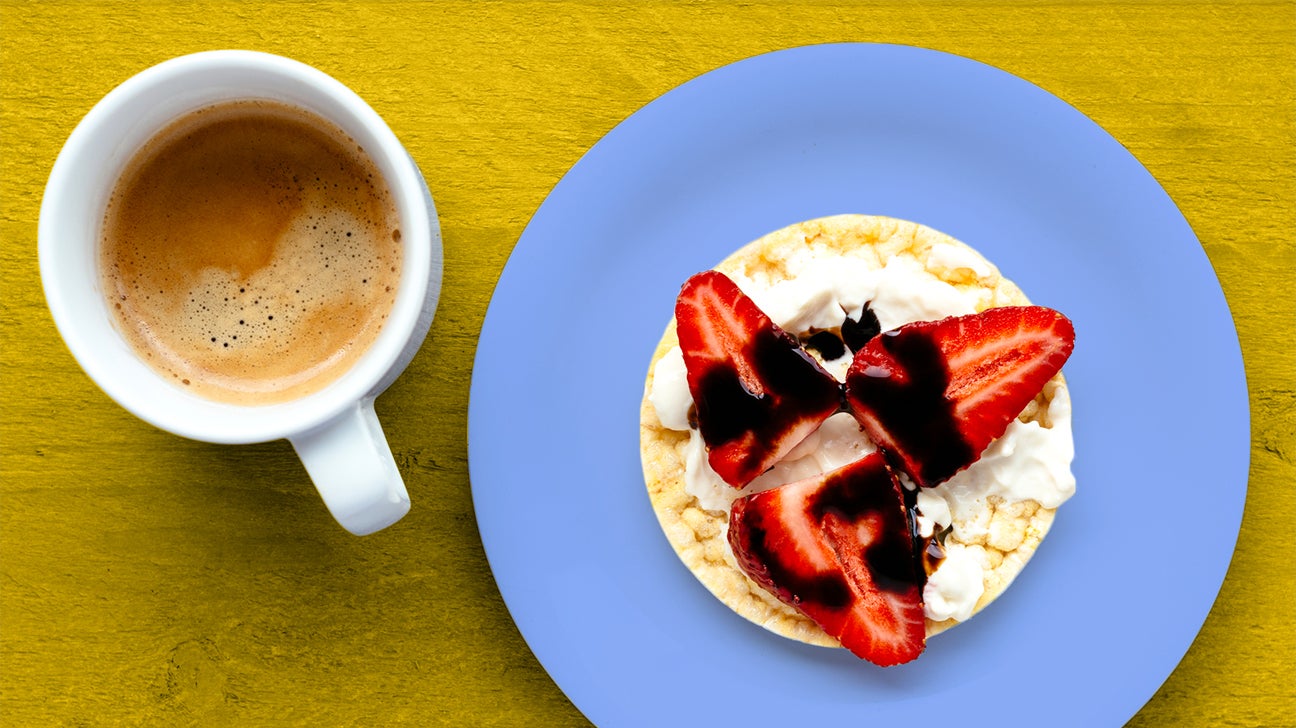A few years back, my family lived in Germany for a summer. Per the European custom, we’d traipse over to the local supermarket daily to sample the innumerable varieties of chocolate, breads, and cheeses — ohhh, the cheeses.
I speak German, so it wasn’t tough to translate most of the cheese names into familiar American counterparts… except for something called quark. Quark, like the subatomic particle you learn about in high school physics? Nope, not that kind of quark.

Quark is, in fact, a creamy, fresh cheese that’s great for all sorts of all-purpose spreading, dolloping, and mixing (as I soon learned upon trying it). It’s been a staple dairy product in Europe for centuries. And though it may be tougher to find stateside, it’s relatively easy to DIY.
Curious about sampling this European delight for yourself? We’ve got you covered with how to make it, plus plenty of tasty ways to eat it.
What is quark?
TBH, quark kinda defies classification. Is it yogurt? Cottage cheese? Cream cheese? Depends on who you ask — and how it’s produced.
In general, though, quark is a fresh cheese, meaning it doesn’t require aging. Instead, the coagulation of milk into cheese comes from acid produced by bacteria.
Don’t get grossed out — it’s just the lactic acid bacteria naturally found in buttermilk and other cultured milk. (This is why you may hear quark called an “acid-set” cheese.)
Quark’s consistency can vary, depending on the fat level in the milk and how much it’s strained. But generally, it will either be soft and spreadable or slightly clumpy, not unlike ricotta. Its mild, nonsour flavor makes it super versatile in both sweet and savory preparations.
How to make your own quark
For reasons unknown, quark has yet to catch on in the United States (But just you wait: We predict a quark craze will hit any day.)
When you can’t track down this European favorite at your local market — or if it’s just too darn expensive — why not make your own?
There are several methods for whipping up a batch of quark in your home kitchen.
You can go all in with mesophilic cultures, rennet, and milk — which will take a little longer, but gives you a more commercial-grade product — or you can take simple shortcuts with buttermilk, kefir, or yogurt. We’ve got two options below.
How to make quark with cheese culture
Ingredients
- 1 gallon low fat or skim milk
- 1/8 teaspoon mesophilic culture (available on Amazon)
- Dash of liquid rennet (also on Amazon)
- 2 tablespoons water
Directions
1. In a large, sterilized pot, heat milk over medium-low heat until it reaches 75 to 80°F (24 to 27°C). (Use a kitchen thermometer to monitor temperature closely.) Remove the pot from the heat.
2. Sprinkle mesophilic culture over milk. Let sit for 5 minutes. With a sterilized spoon or skimmer, mix mesophilic culture into milk. (Seasoned quark-makers recommend using an up-and-down motion for best results.)
3. Dilute rennet in 2 tablespoons cool water, then stir into milk with the same up-and-down movement for about 2 minutes.
4. Cover the pot with a kitchen towel and let sit at room temperature for 24 hours. After this amount of time, cheese curd will begin to separate from liquid whey — it should be thick enough to slice with a knife.
5. Using a sterilized knife, cut curds into chunks. Place chunks in a cheesecloth or thin kitchen towel, wrap tightly, and let drain in a colander over a large bowl for at least 4 hours.
6. Stir drained cheese vigorously to get a creamy consistency. Store in a resealable, airtight container in the fridge.
How to make quark with buttermilk
Ingredients
- 6 cups low fat or skim milk
- 1 1/2 cups buttermilk
Instructions
1. In a large saucepan, bring milk to a simmer over medium-low heat. (You should see small bubbles on the surface of milk.) Remove from heat and let cool to room temperature.
2. Bring buttermilk to room temperature on the countertop and add it to milk, stirring well. Transfer to a large bowl and cover loosely with a kitchen towel. Let sit in a warm place for 8 to 36 hours, or until it noticeably thickens.
3. Pour the mixture into a cheesecloth or clean tea towel. Gather it into a ball and secure the top tightly with a rubber band. Let the whey drain off by placing the ball in a wire-mesh strainer over a large bowl.
(Pro tip: If you have a tall kitchen faucet, you can try hanging the cheesecloth from it to drain directly into your sink.) Drain for 2 to 8 hours (or overnight). Store in an airtight, resealable container in the fridge.
Ways to eat quark
So, you made yourself some quark like the culinary pro you are — now what?
Quark can serve as a garnish or spread, so feel free to dollop some on baked potatoes or schmear a layer on toast. You can also enjoy a bowl with berries, or yogurt with a swirl of honey.
Need more inspo? Use this creamy, versatile cheese with breakfast, lunch, dinner, or snacks in these intriguing recipes.
- Best German cheesecake with quark from International Desserts Blog
- Cinnamon apple quark breakfast bowl from Searching for Spice
- Mushroom and leek mac and cheese from Every Nook and Cranny
- Toasted bread with quark and fresh figs from The Mediterranean Dietitian
- Herb quark dip from Green Healthy Cooking


0 Commentaires